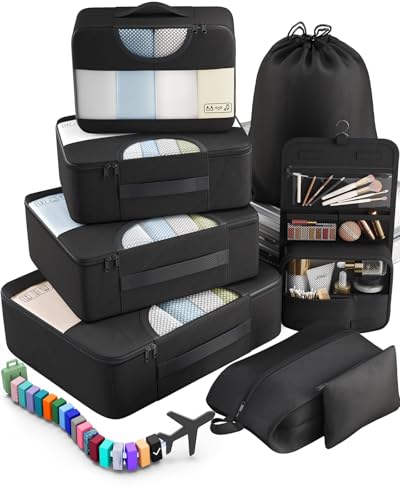In Serbia, they use Type C and F power plugs and outlets. The voltage is 230V, and the frequency is 50Hz.
So, you’ll need a travel adapter in Serbia. Their plugs and outlets are different from the Type A and B ones we use back in the States.
Quick Overview of the Plugs in Serbia:
- Plug type in Serbia: C and F
- Standard voltage: 230V
- Frequency: 50Hz
- Need a travel adapter? Yes, you do need a travel adapter
- Need a voltage converter? May be required for certain electronics
- Recommended plug adapter: One Beat International Power Adapter
We’ve collected and double-checked this information using official power regulations from each country, global standards like the IEC, and firsthand experiences from travelers on the ground.
The Only Travel Adapter You’ll Need in Serbia
Finding the right travel adapter isn’t always easy. We don’t sell them, but we’ve done the homework for you—researching the best option for Serbia based on voltage, outlet types, safety, speed, price, and reliability. After testing multiple choices, this one is the best:
Recommended Travel Plug Adapter
by 6,500+ travelers on Amazon
If you’re already traveling and don’t have one, you can usually snag something locally.
But hey, for your next trip, throw one in your bag before you leave—you’ll save yourself the scavenger hunt later.
People traveling through Serbia often continue into Bosnia and Herzegovina, Hungary, and Romania. Always confirm outlet compatibility before your trip.
Power Outlets in Serbia
In Serbia, they use Type C and F power plugs and outlets.
Type C

Type C outlets have two round prongs and no grounding pin. Type E and F plugs usually fit too, but grounded plugs will need an adapter.
Type F

Type F outlets have two round prongs and grounding clips on the sides. Type C and E plugs will also fit.
Do You Need a Voltage Converter?
If you’re traveling to Serbia, you’ll probably need a voltage converter. The U.S. uses 120V, but the voltage in Serbia is different, meaning your electronics won’t work safely without one.
Always check your device’s voltage rating before packing for an international trip. If the label says “100-240V, 50/60 Hz”, it can safely run on both 120V and 220-240V power sources without a converter. This applies to most laptops, tablets, smartphones, and electric razors.

Which Travel Devices May Need a Converter?
Don’t want to guess which converter works? Here are the best-reviewed ones worth checking out.
| Device | Need Converter? | Notes |
|---|---|---|
| Phone | ❌ No (usually) | Most modern phone chargers are dual voltage (100–240V) |
| Laptop | ❌ No (usually) | Check the power brick label for 100–240V |
| Hairdryer | ✅ Yes (often) | High wattage; many models are not dual voltage |
| Electric toothbrush | ⚠️ Check voltage | Some models are 110V only |
| Camera / DSLR | ❌ No (usually) | Most chargers are dual voltage |
| Power bank | ❌ No | Charges via USB, adapter is enough |
| Electric shaver / trimmer | ⚠️ Check voltage | Older or cheaper models may not support 230V |
| Tablet / iPad | ❌ No | All models are dual voltage |
| Portable fan | ✅ Yes (sometimes) | Many models are not compatible with 230V |
| Game console | ⚠️ Check voltage | Newer consoles like PS5 and Xbox are often dual voltage — check to be sure |
| Bluetooth speaker | ❌ No (usually) | Charges via USB |
| E-reader (Kindle, etc.) | ❌ No | USB charging only, no converter needed |
Top Travel Essentials to Pack
Not everything that’s useful takes up space. These compact items can really pull their weight when you’re on the go.
Digital Luggage Scale
Packing Cubes
Power Bank
More About Serbia
Serbia is roughly the size of North Carolina and covers diverse landscapes—from Pannonian plains to Dinaric Alps and river valleys. It’s landlocked, but the Danube, Drina, and Sava rivers give it natural depth, plus there’s a blend of Roman, Ottoman, Austro-Hungarian, and Slavic history in the mix.
Travelling here is easy and affordable—no visa needed for up to 90 days, tipping at about 10–15%, and you’ll find ATMs and reliable transport in cities big and small. Whether you’re hanging in city cafés, hiking in national parks, or exploring medieval towns like Sremski Karlovci, the vibe is unpretentious, local, and honest.
Highlight? Food and drink culture runs deep: expect homemade rakija, grilled meats, fresh pastries, and that world-famous Serbian cheese made from goat and donkey milk (Pule – yes, it’s a thousand bucks a kilo). Plus, Serbia is one of four places that produced Roman emperors—history buffs, you’re in for surprises.




